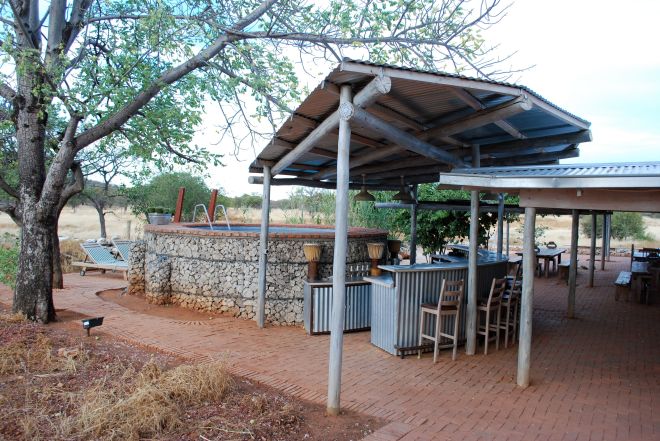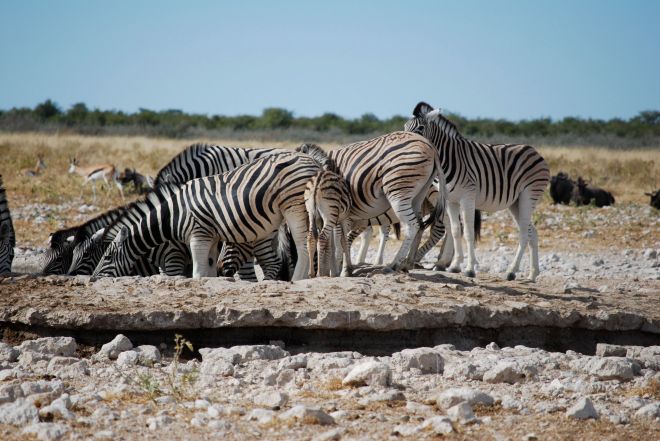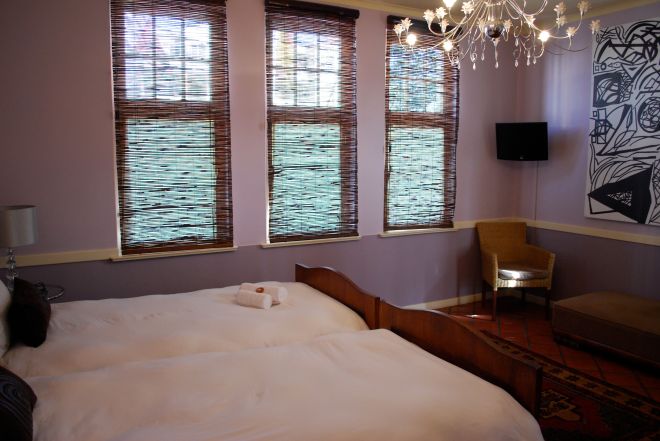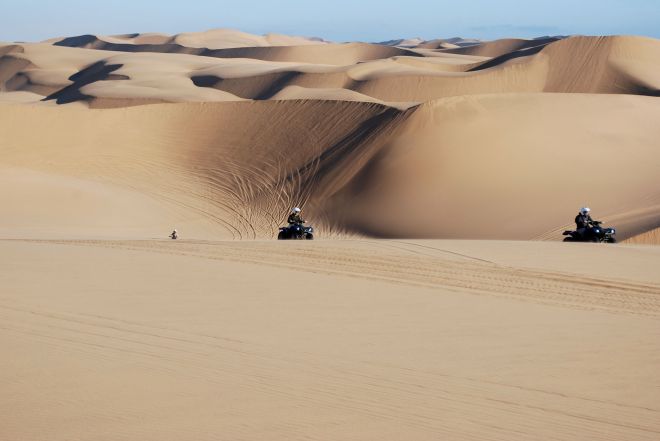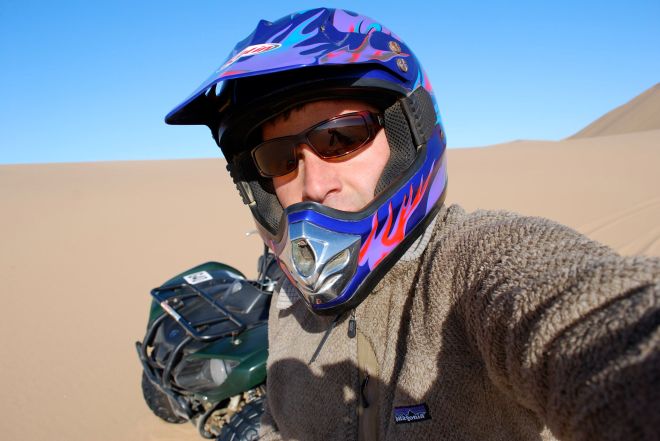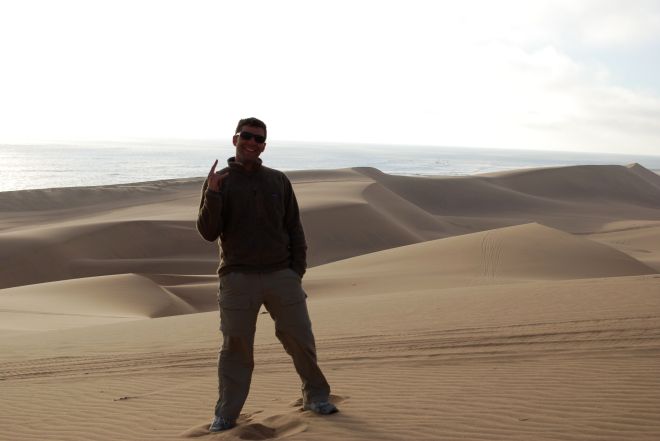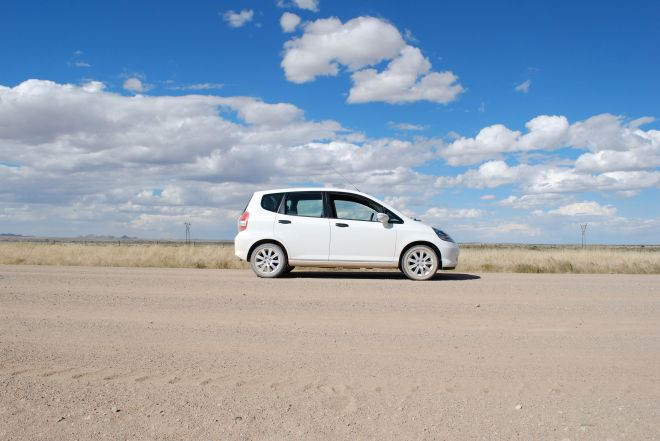Windhoek, Namibia
It was with a fair amount of excitement and trepidation that I set out this morning for my final drive in Namibia — a 5 hour haul back to Windhoek. I’ve spent over 30 hours behind the wheel in the last 8 days, showing not only the vastness of this country but also just how terrible its roads are. And this adventure in Namibia hasn’t just token its toll on me mentally.
My first car broke down; my second had a flat tire, lost two of its hub caps somewhere in Damaraland and is currently dragging something. Exactly what I’m still unsure.
As much as the car has given me trouble, it hasn’t detracted from what was, for me, an absolutely stunning country. Namibia has so much to offer — and I’m fairly certain that given time it will become a well-trafficked tourist destination. But for now, the poor infrastructure has deterred only the most hardened travelers from exploring it.
Indeed, it was these terrible roads, the ones that I’ve complained incessantly about, that have kept Namibia such a quiet and special place. There will be a day when coach buses full of Germans, Canadians, or even Americans, will pull up to the dunes of Sossusvlei. Or when the roads to Twyfelfontein or Etosha are smooth. And that will be the day Namibia changes.
Traveling alone has certainly added to the adventure. Nearly everyone I’ve met who learns that I’m by myself has raised an eyebrow. “Alone?” they ask. I’ll admit, it was a little crazy. But spending so much time alone has allowed me to clear my mind and reflect on what has been a whirlwind year. I’ve also met some amazing local Namibians; those who work at the lodges, serve me at the bar and fill up my car with gas. I’ve experienced their warmness, friendliness and positive attitude, regardless of how difficult life is or how little they have.
A few days ago, a Namibian farmer told me that she had just returned from Windhoek, where she had worked 6 days a week, 10 hours a day as a cashier at the Pick n’ Pay, a supermarket here. Her salary for the month? 650 Namibian dollars, or about $65USD. Her rent for a shared apartment in the capital city? 500 Namibian dollars. That left about $15USD per month for food, transportation and other living expenses.
This is the reality of life in Namibia. And learning this — really, hearing and experiencing it first hand — has given me a new perspective on my own life as well as an appreciation for how lucky we all are in the U.S.
Luckily, the drive back was incident free and the directions to my guesthouse, Terra Africa, were spot on. This is a small, quiet place west of the city center. My room overlooked the lush backyard garden and pool.



“What do you want to do this afternoon?” Jackie, the friendly woman working the reception asked me while checking in. “Sit in my room,” I replied. She laughed. “No, seriously,” I said.
The rest of the day was spent hanging out, ordering a toasted ham and cheese sandwich, watching the BBC, doing laundry and catching up with e-mail. I’d wanted to get dinner in town but opted instead just to eat and drink a couple of beers at Terra Africa.
After popping my anti-malarial, it was time for bed. My overland camping trip to Victoria Falls, through Botswana, departs tomorrow morning.








